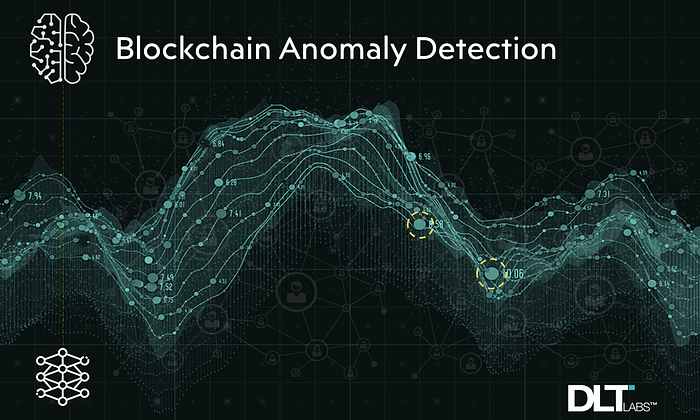Member-only story
Blockchain Anomaly Detection with Machine Learning and Deep Learning Algorithms

Being a DLTian (which is what we who work at DLT Labs™ call ourselves), blockchain is a prime thing that we need to take care of in the products for data storage. All of this can be interpreted in terms of transactions. Blockchain relies on its hashing chain technology for maintaining the integrity of its transactions.
Any tampering can be caught as tampering a record will require tampering with the hashes of the entire chain as the chain will break as the previous block in the chain stores the hash of the current block which forms a chain.
>> There are two important aspects of security handled by blockchain:
- It ensures that the secure transactions completed by a participant cannot be tampered with; neither en route while being added to the chain nor after being added.
- It also ensures that every transaction allowed to be written conforms to the rules predefined by blockchain that are either programmed into the platform or added as smart contracts.
We rely on the security of blockchain for the above reasons. But there is another aspect of security that is also important i.e., reducing the possibility of fraudulent transactions occurring by enhancing its fraud…
